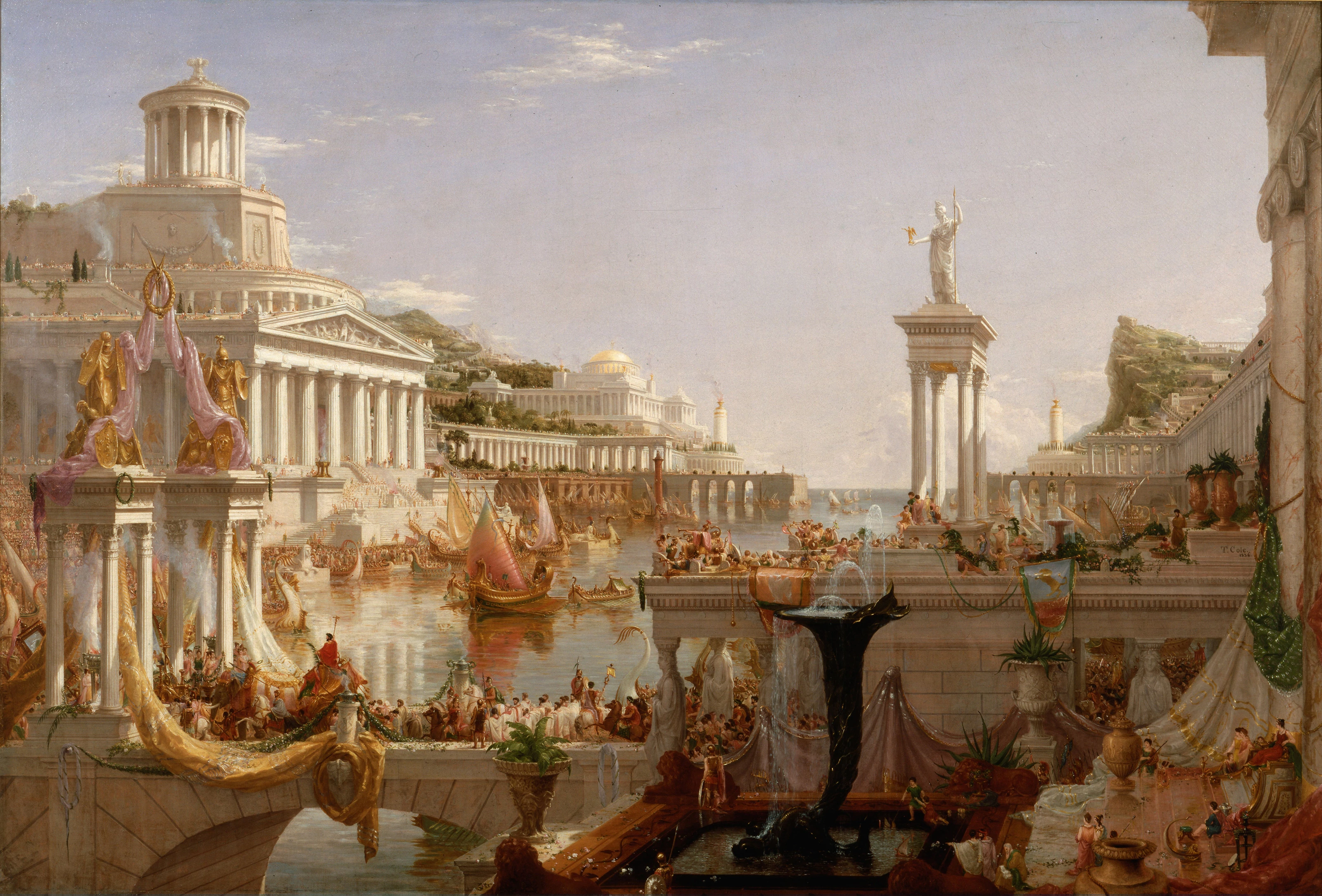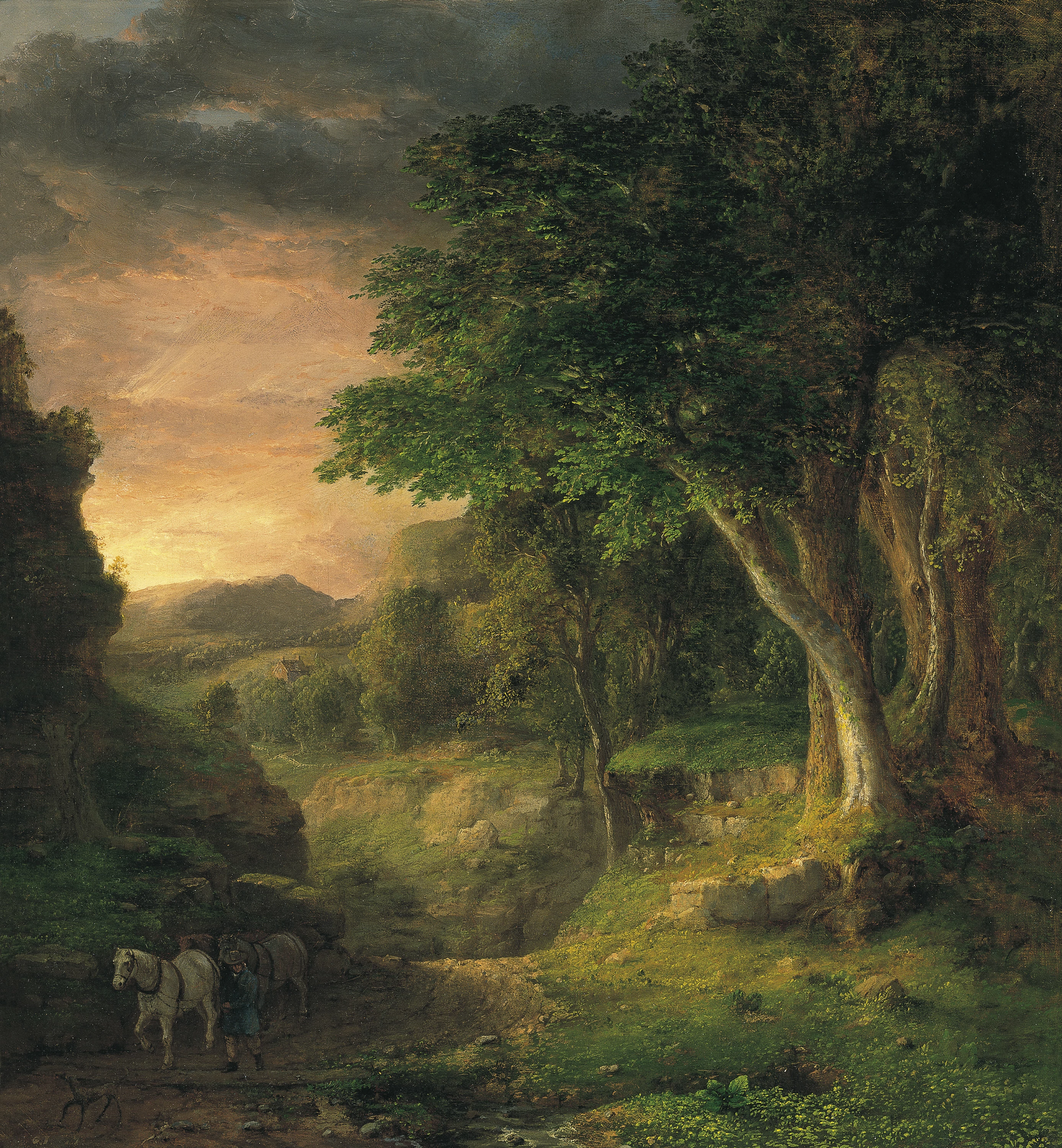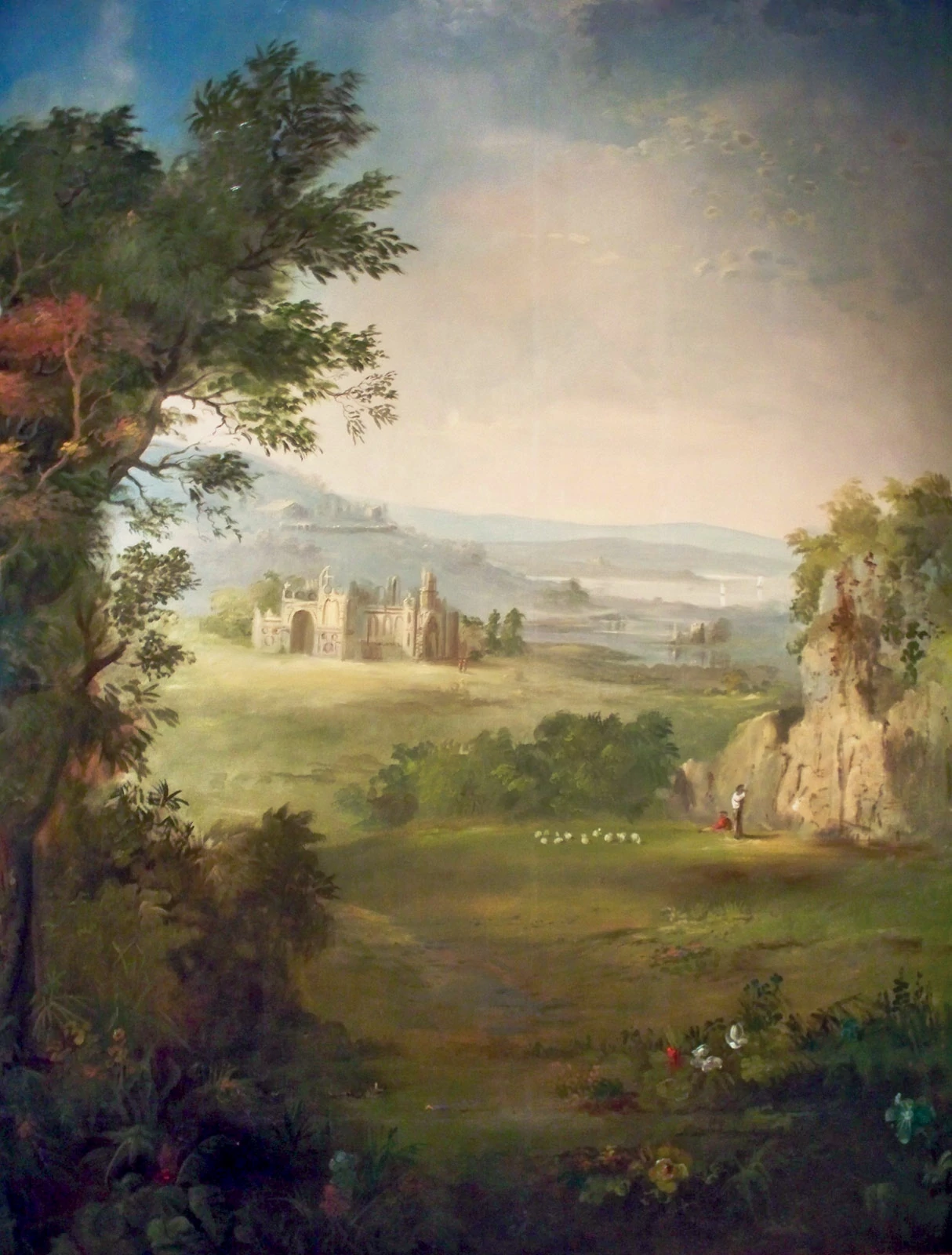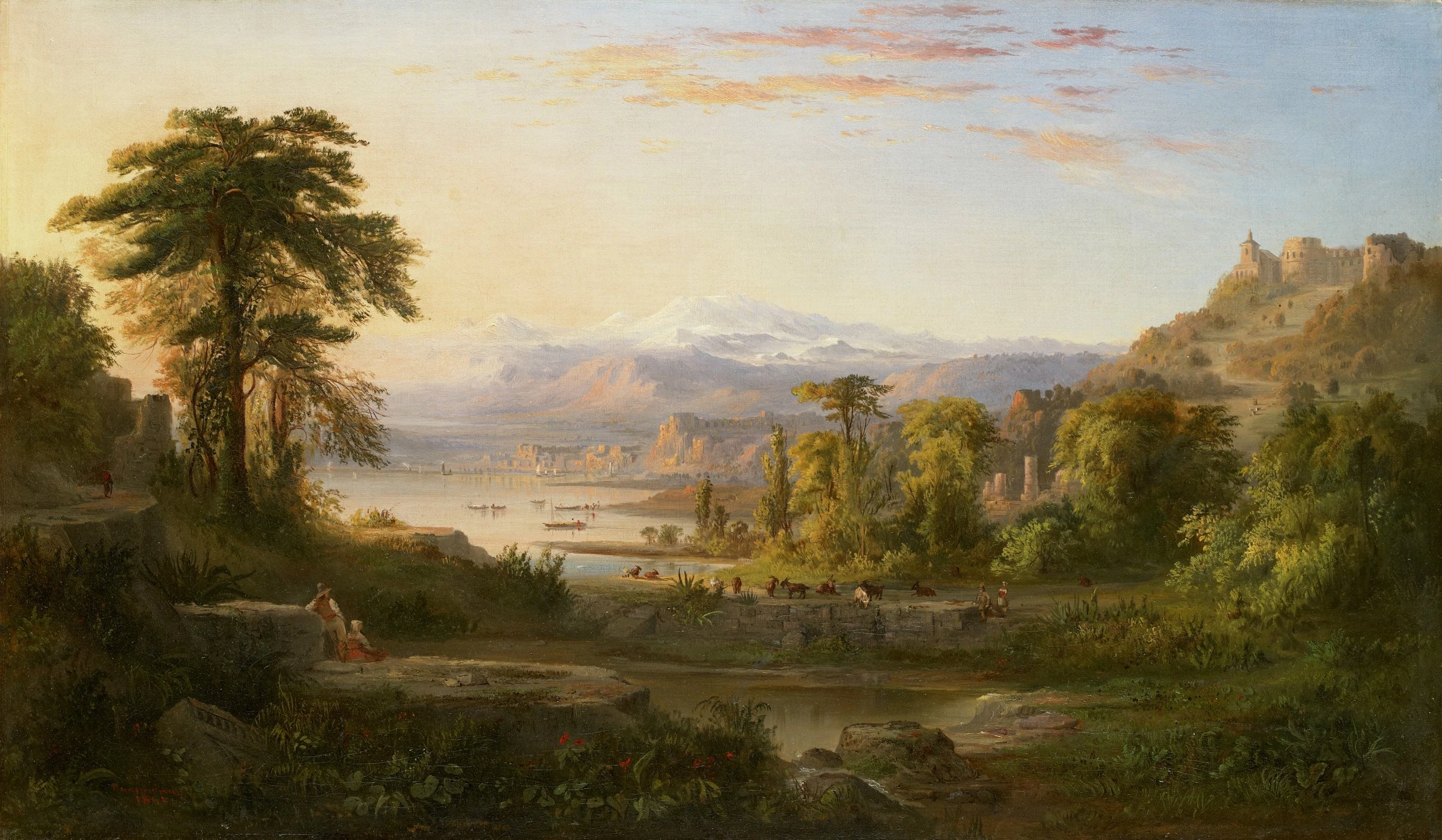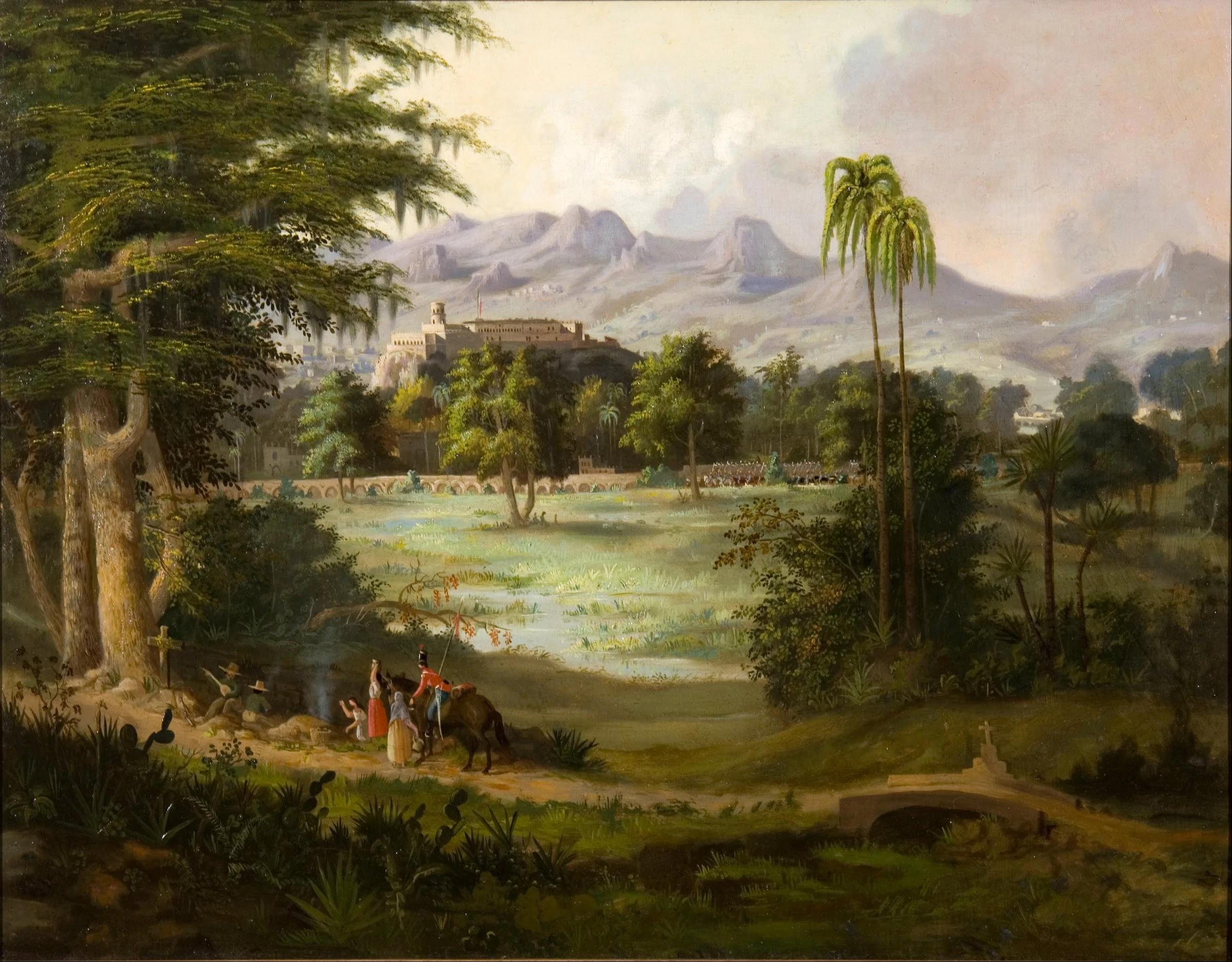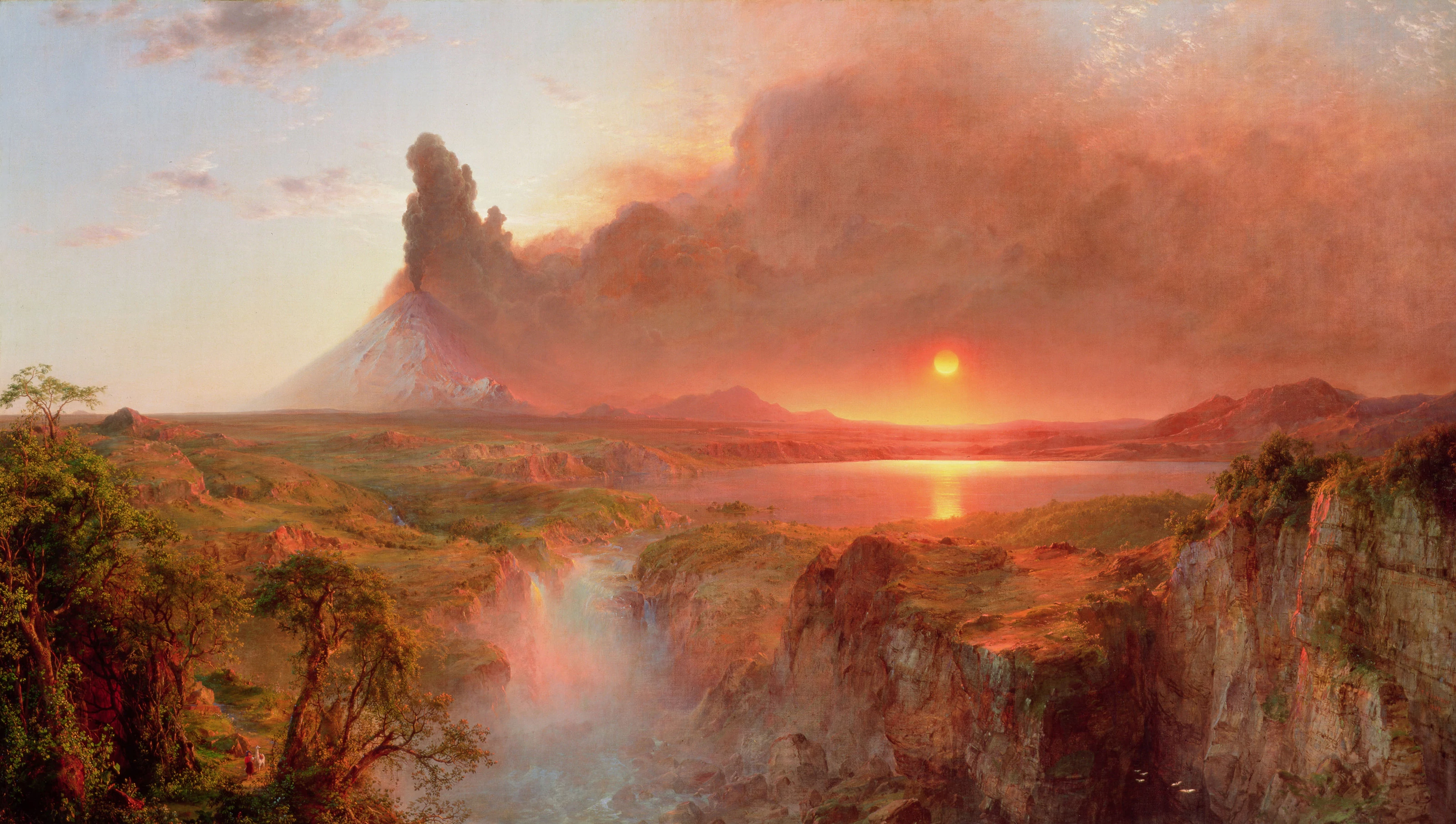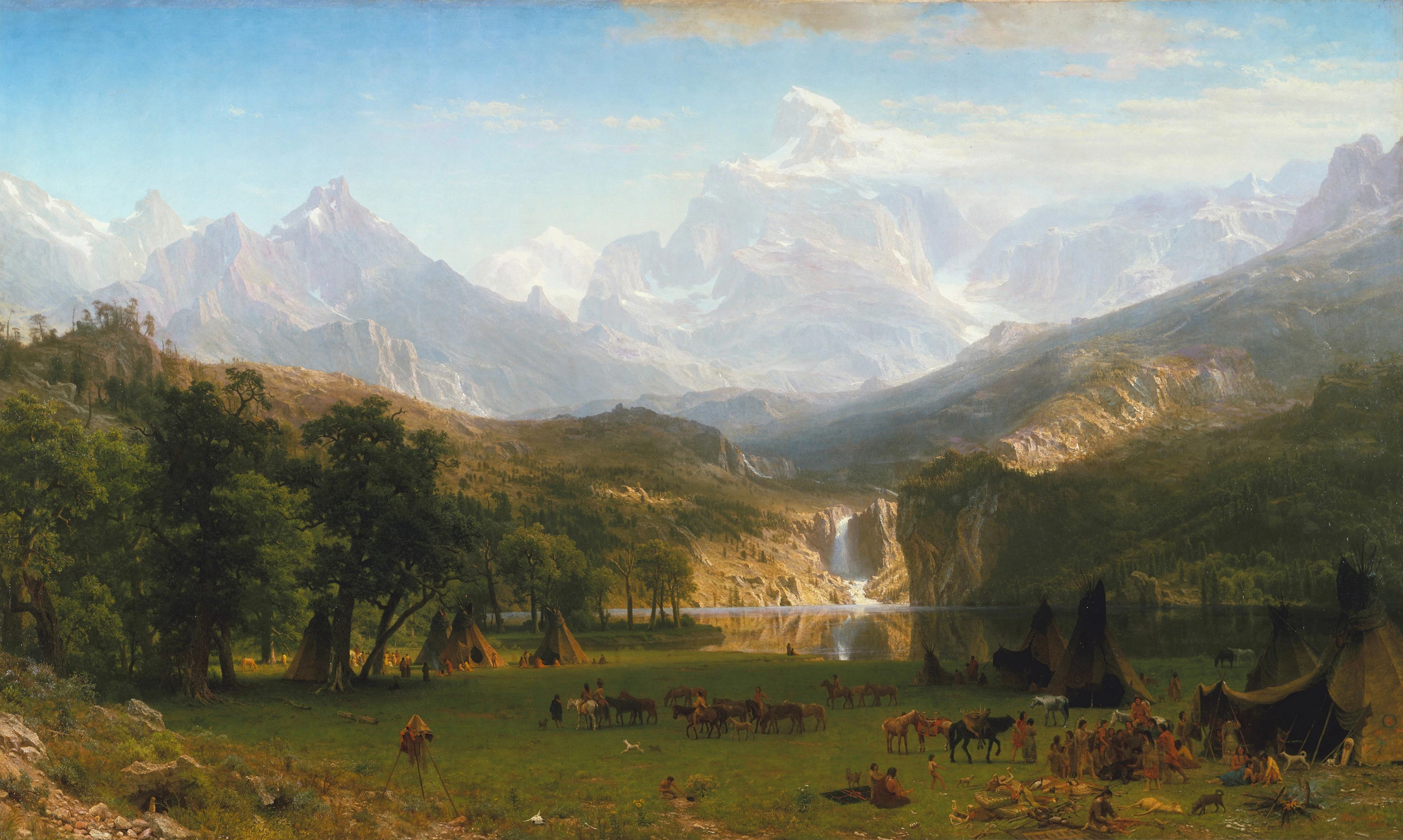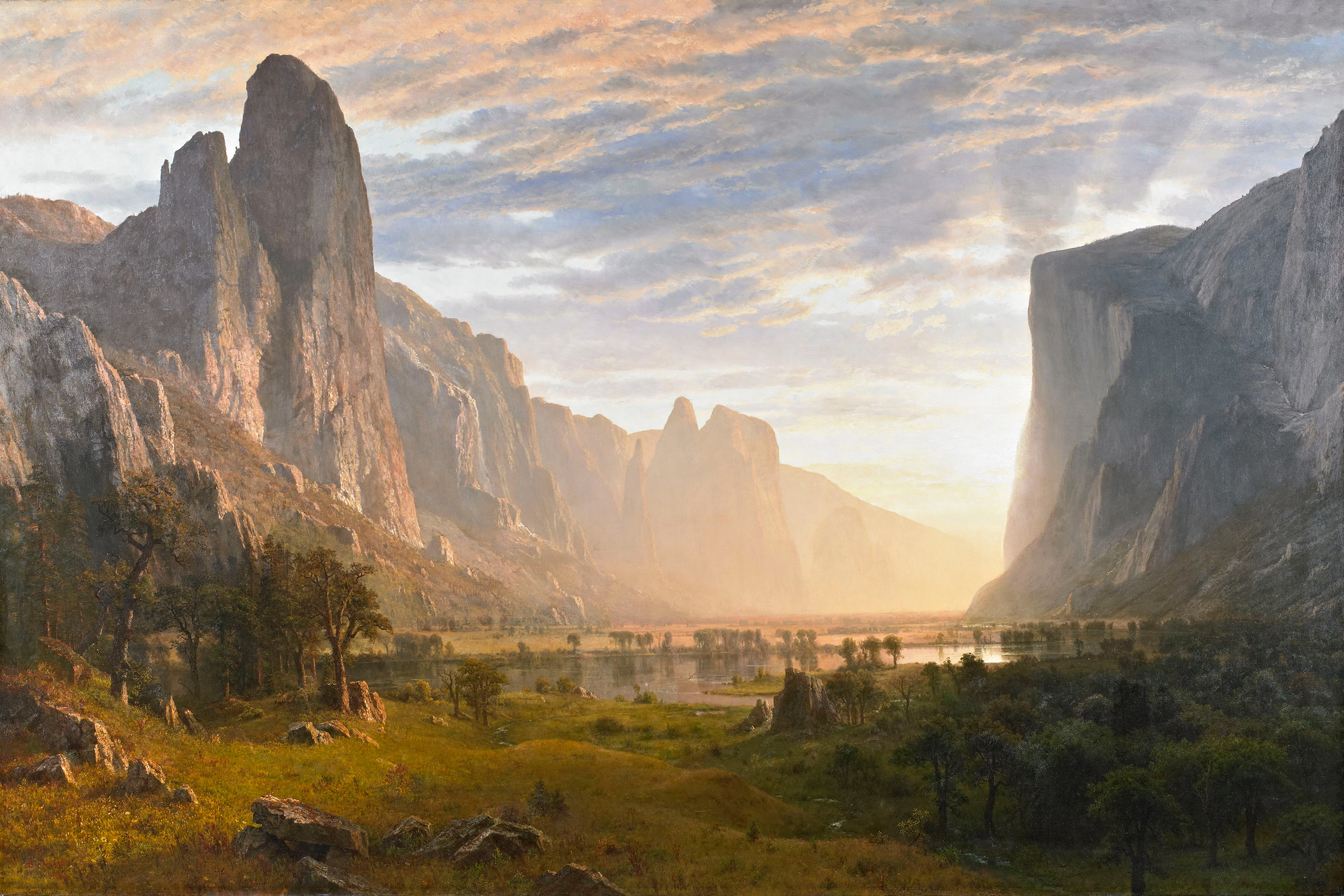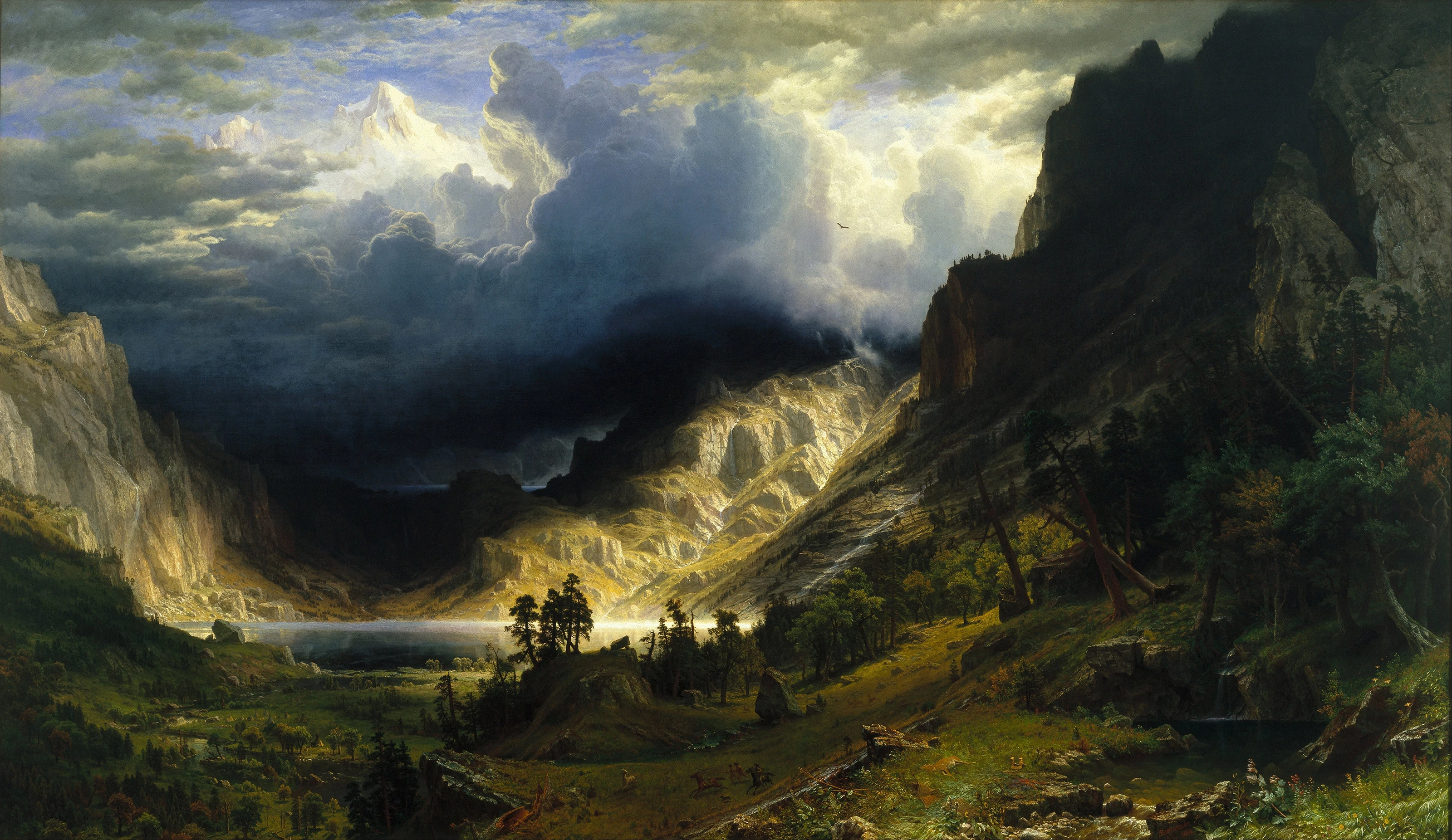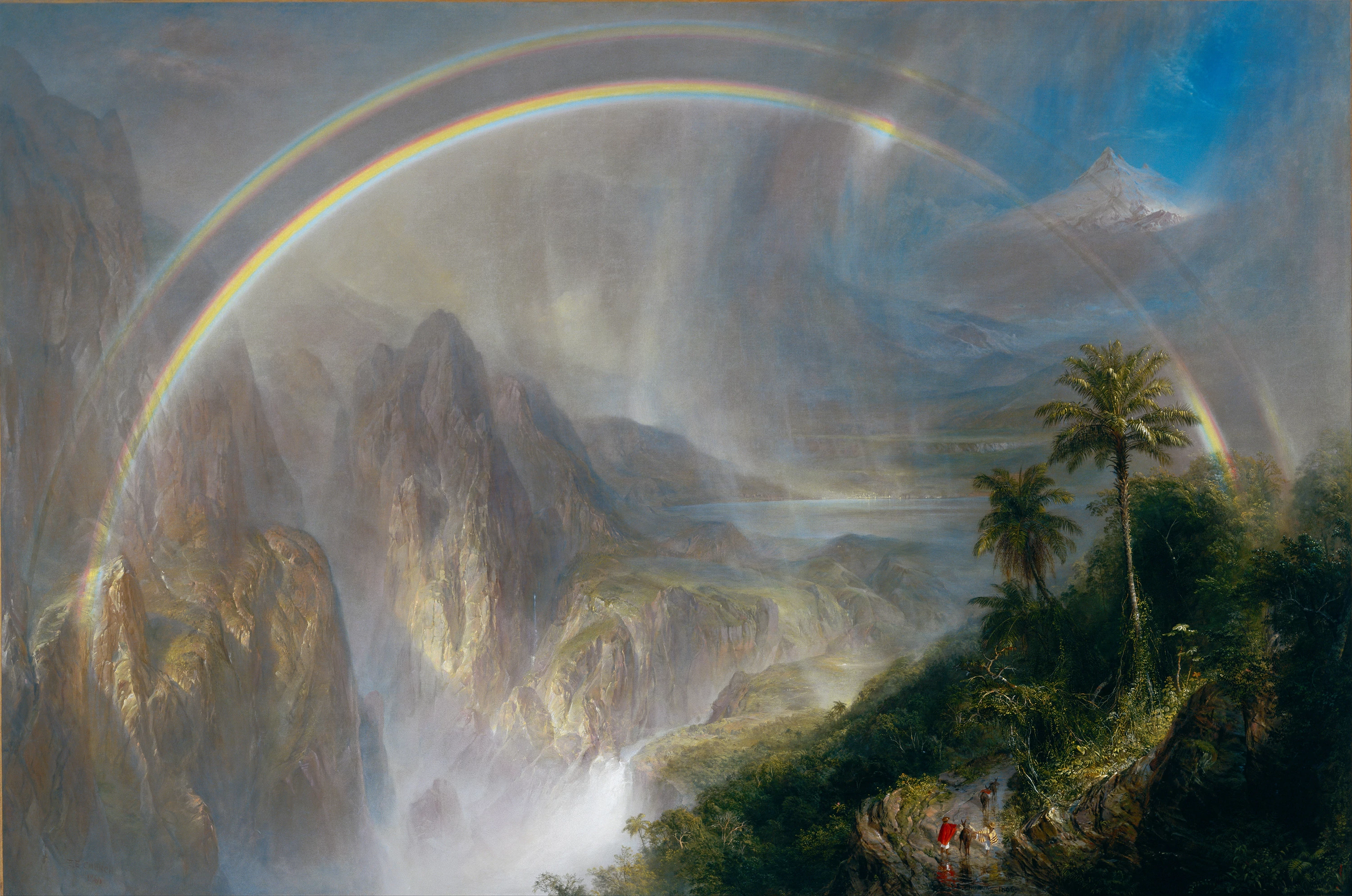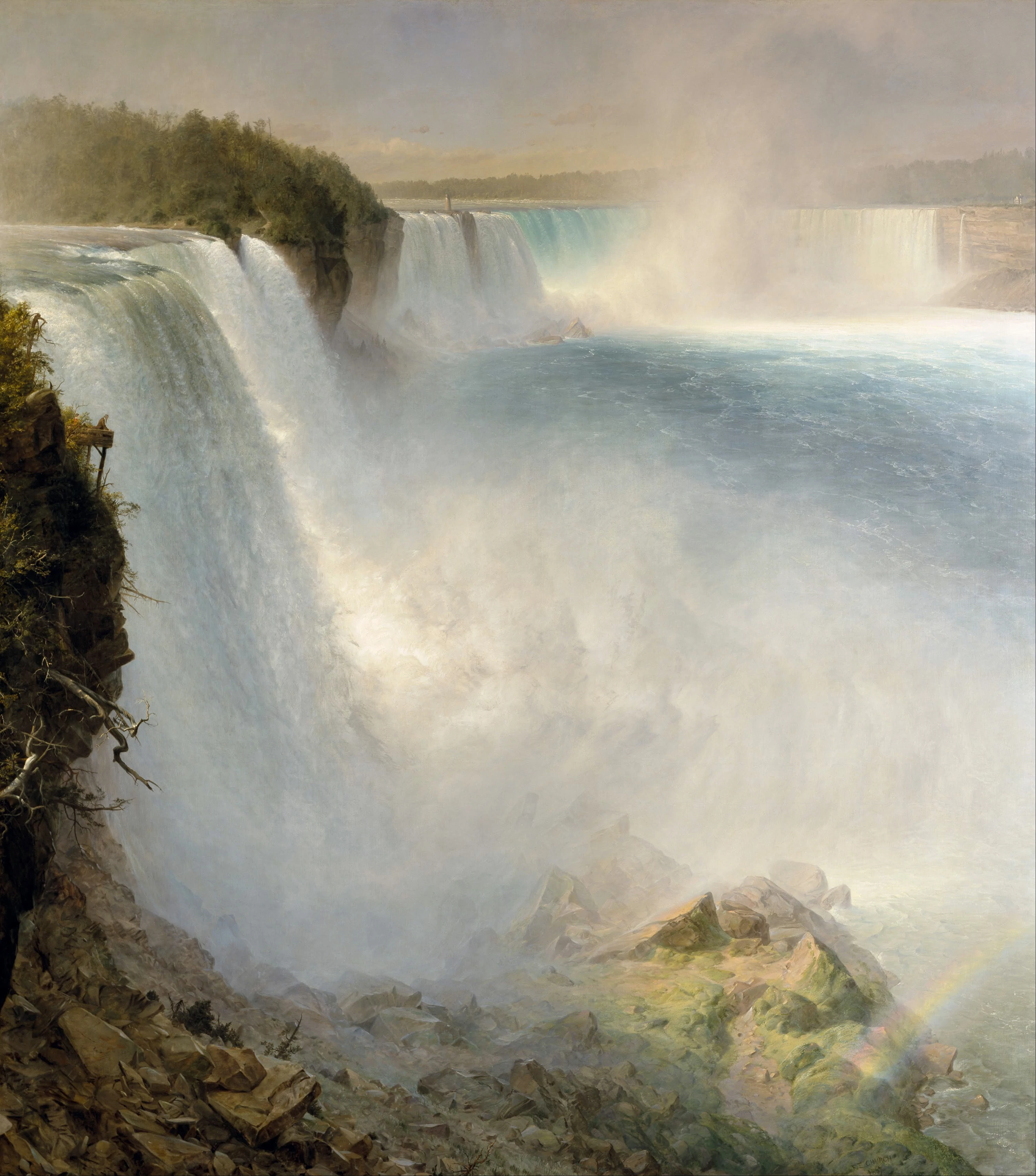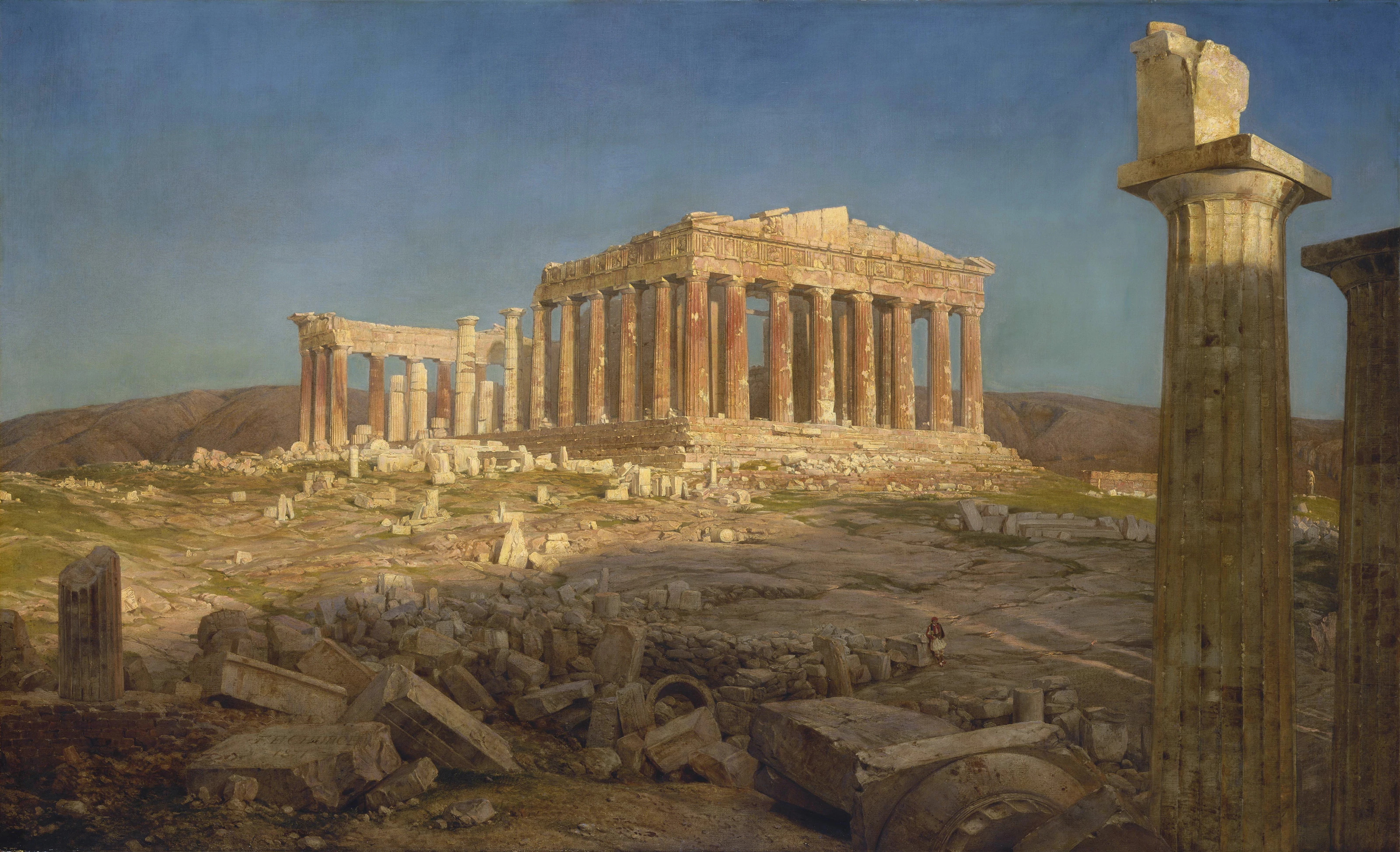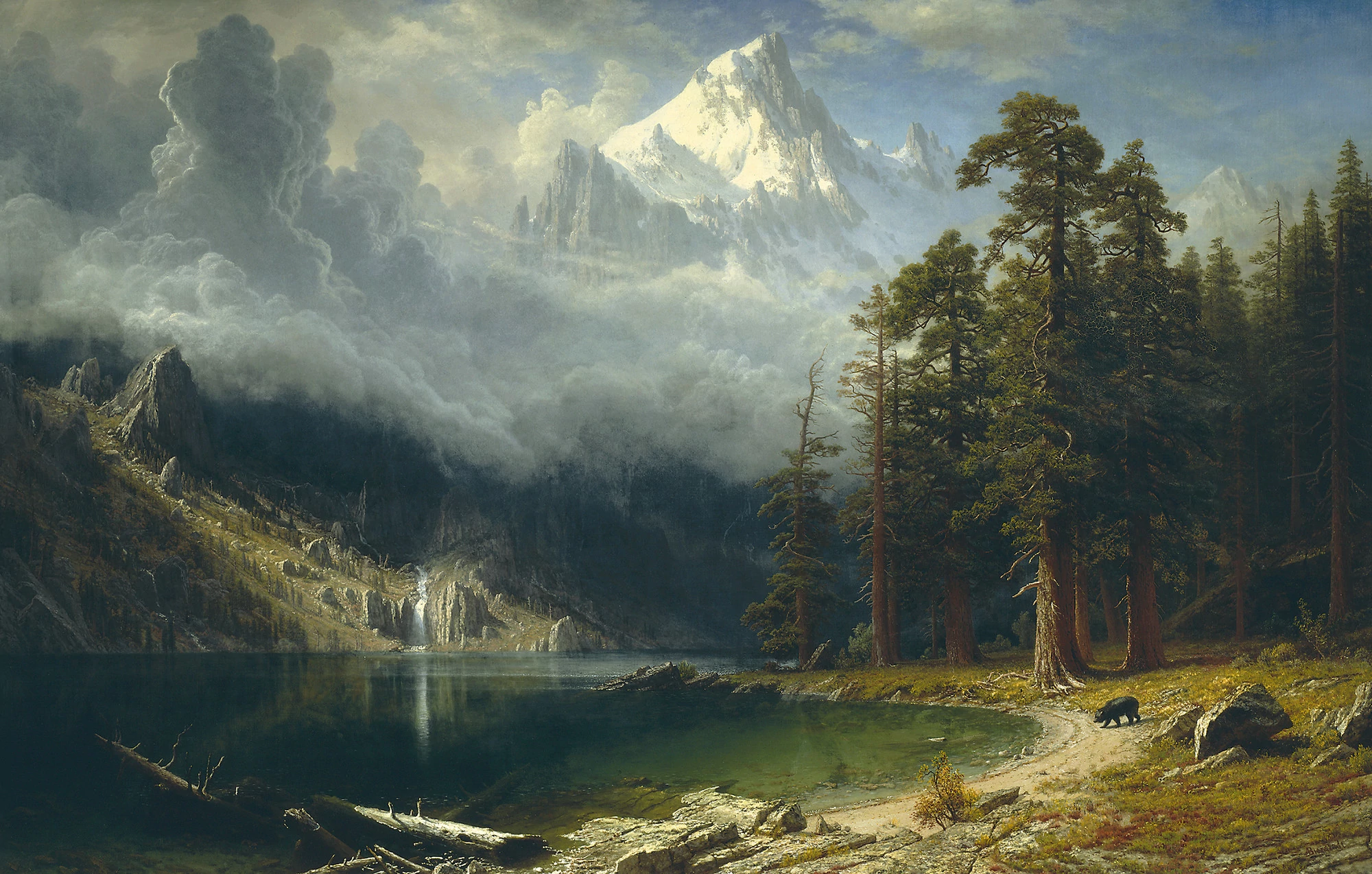Hudson River School
An American fraternity of mountain worshipers
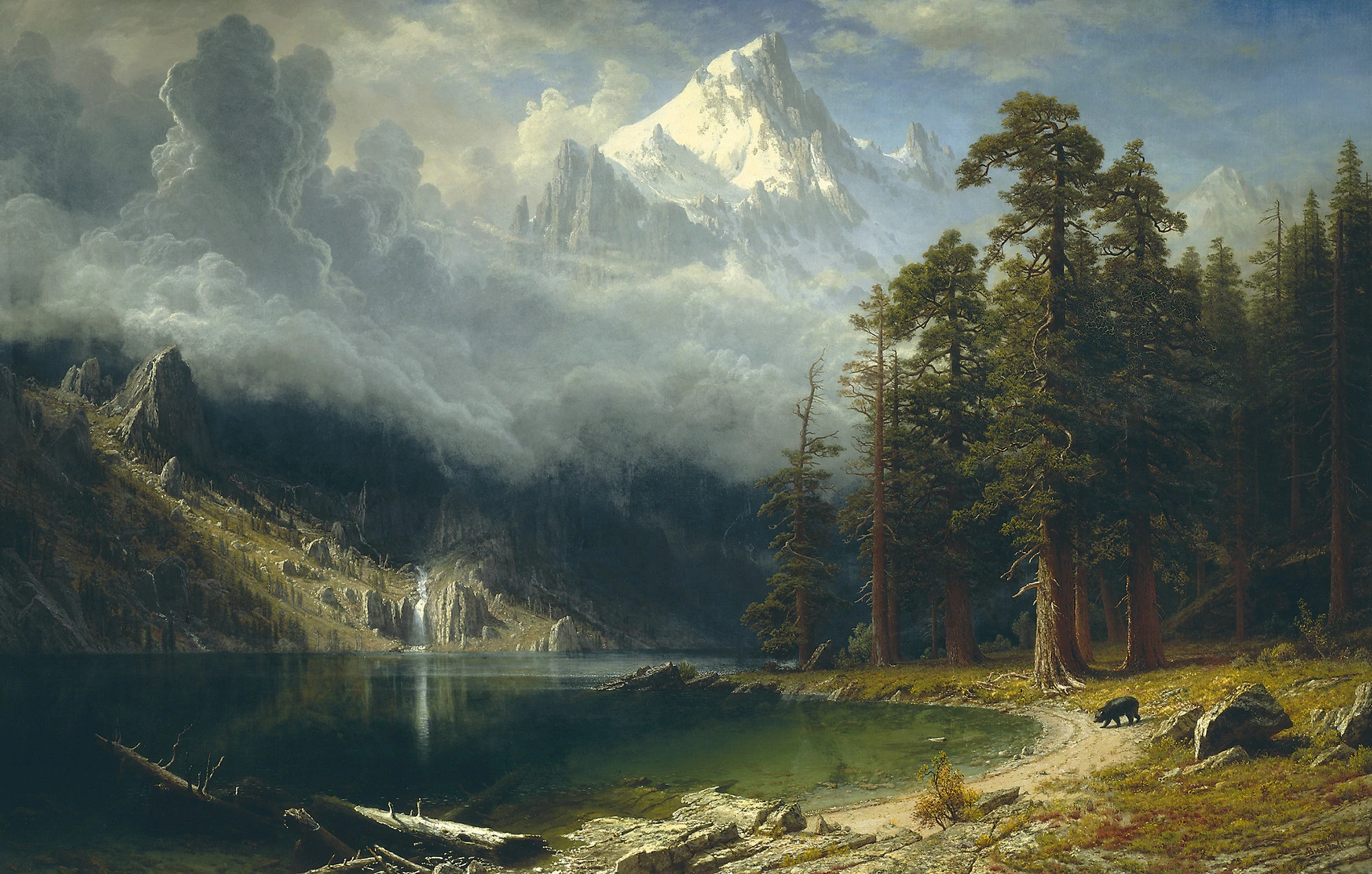

In 1825 the young self-taught portrait painter Thomas Cole moved from Philadelphia to Catskill New York, where he was immediately seduced by the grand mountainous landscape. Catskill sits on the bank of the Hudson River in the shadow of the Slide Mountain wilderness. For the boy from Philly, it was a world of impossible natural beauty. Cole took a break from portraiture to hike into the mountains and paint the Kaaterskill Falls, the ruins of Fort Putnam, and two views of Cold Spring. He hoped to capture the fall colors, he didn't know that he had started a movement.
Cole’s two paintings of Cold Spring were discovered in a bookstore and loaned to the American Academy of the Fine Arts, where the painters John Trumbull and Asher Durand and the playwright William Dunlap discovered them. The three artists hunted Cole down, and rallied around his new vision for landscape painting. Cole had been born in England, and his work was profoundly influenced by J.M.W. Turner and the English obsession with the sublime, the frightening power and grandeur of nature.
The search for the sublime in nature formed the core of the new brotherhood of painters, which grew to include Durand, Frederic Edwin Church, Albert Bierstadt and a handful of others. The so called ‘Hudson River School’ was a tight-knit bunch, nearly all of them belonging to the National Academy and working from the Studio Building on West Tenth Street, a collaborative artist workspace.
The Hudson River School flourished under the generous patronage of the East Coast’s wealthiest, including the ship-owner and importer Robert Gilmor and trust-fund traveler Daniel Wadsworth. But the grandiose style of the HRS was short-lived. In 1856, when Asher Durand published Letters on Landscape Painting, essentially a manifesto for the HRS, the English artist John Constable was emerging as the new voice of landscape painting, replacing bravado with quiet naturalism. By the first years of the 20th century, Cole was long dead, Edwin Church and Albert Bierstadt gave up the ghost, and landscape painting faded from vogue. It had been a good run.
...
Got questions, comments or corrections about Hudson River School? Join the conversation in our Discord, and if you enjoy content like this, consider becoming a member for exclusive essays, downloadables, and discounts in the Obelisk Store.
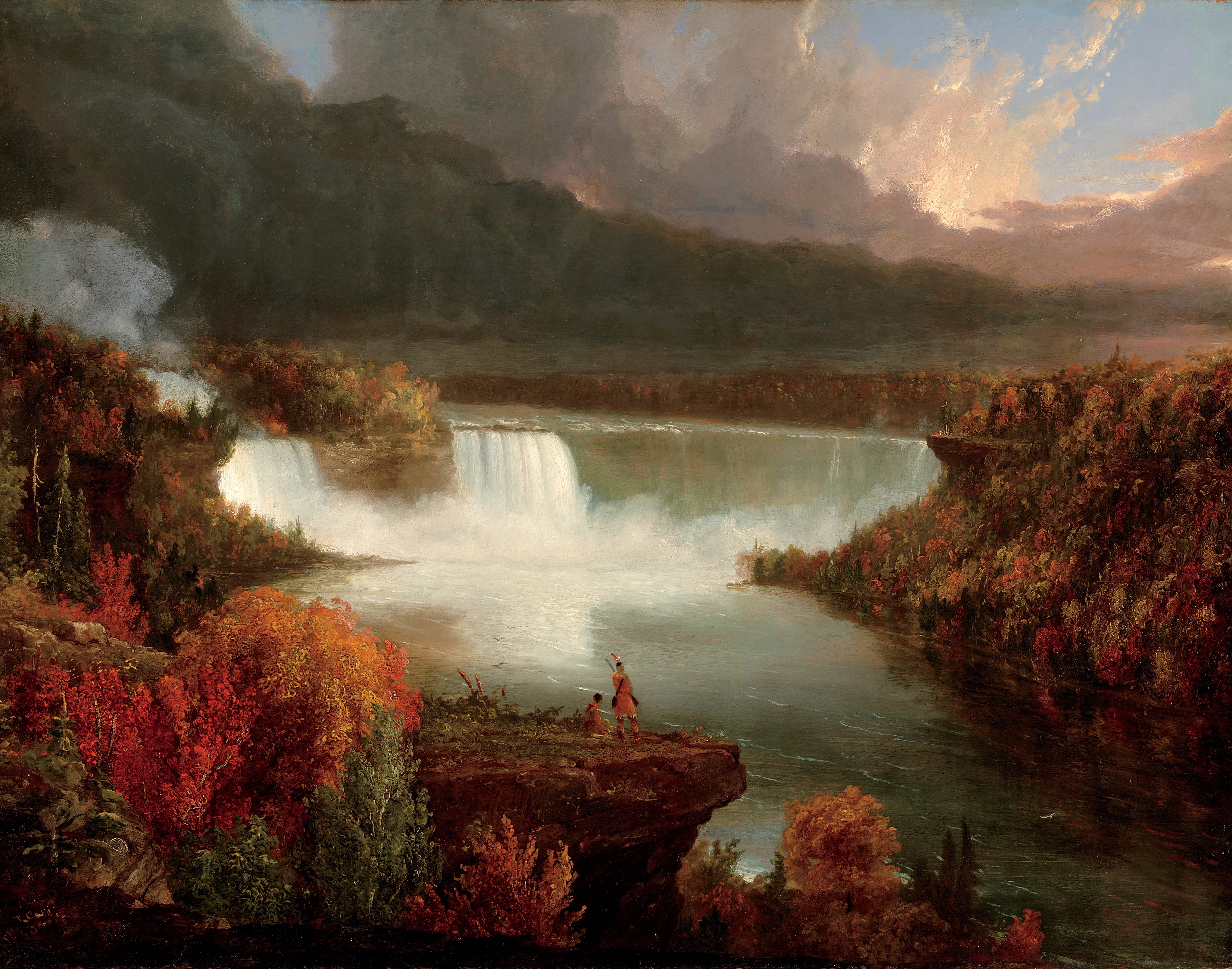
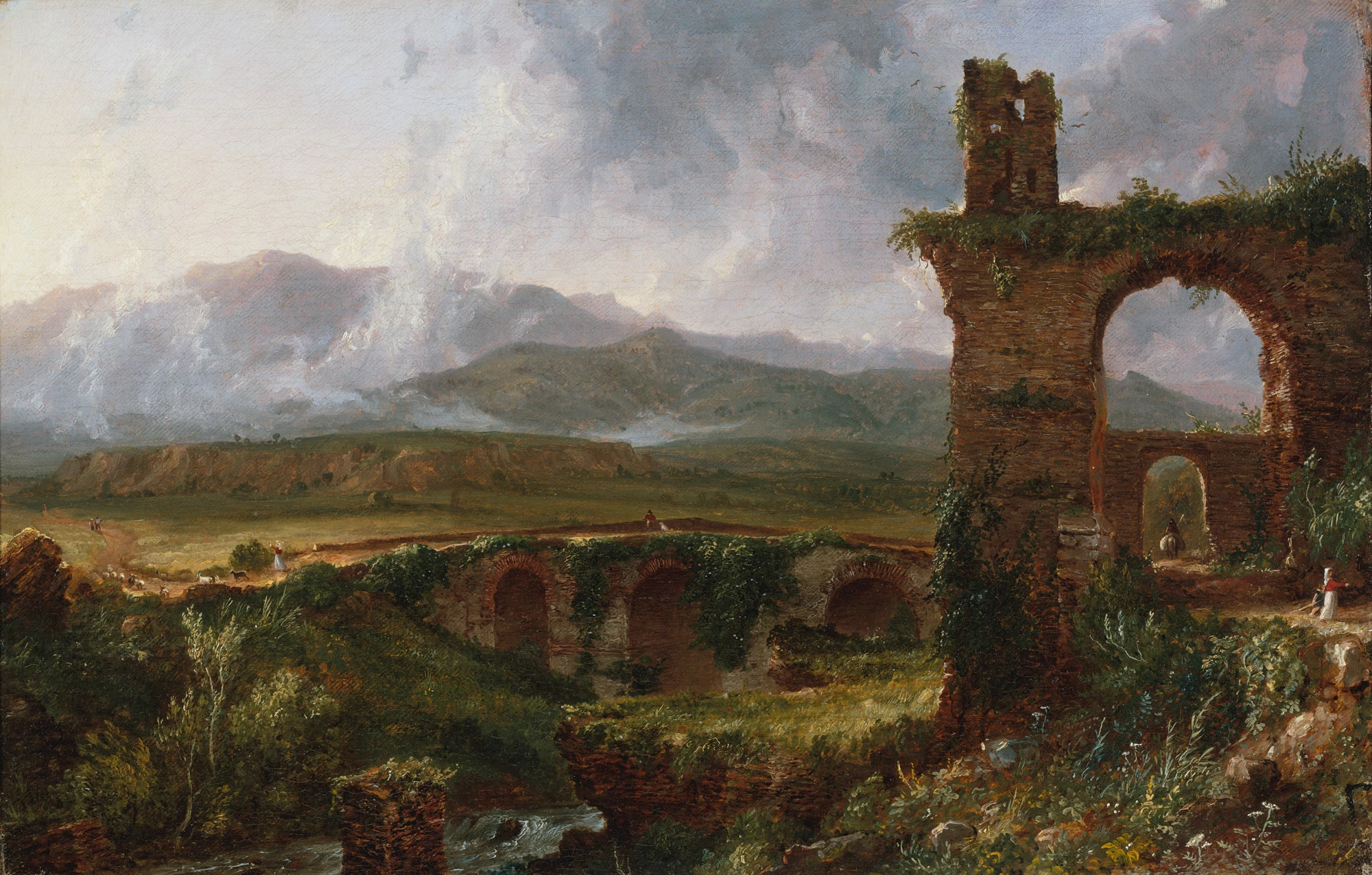
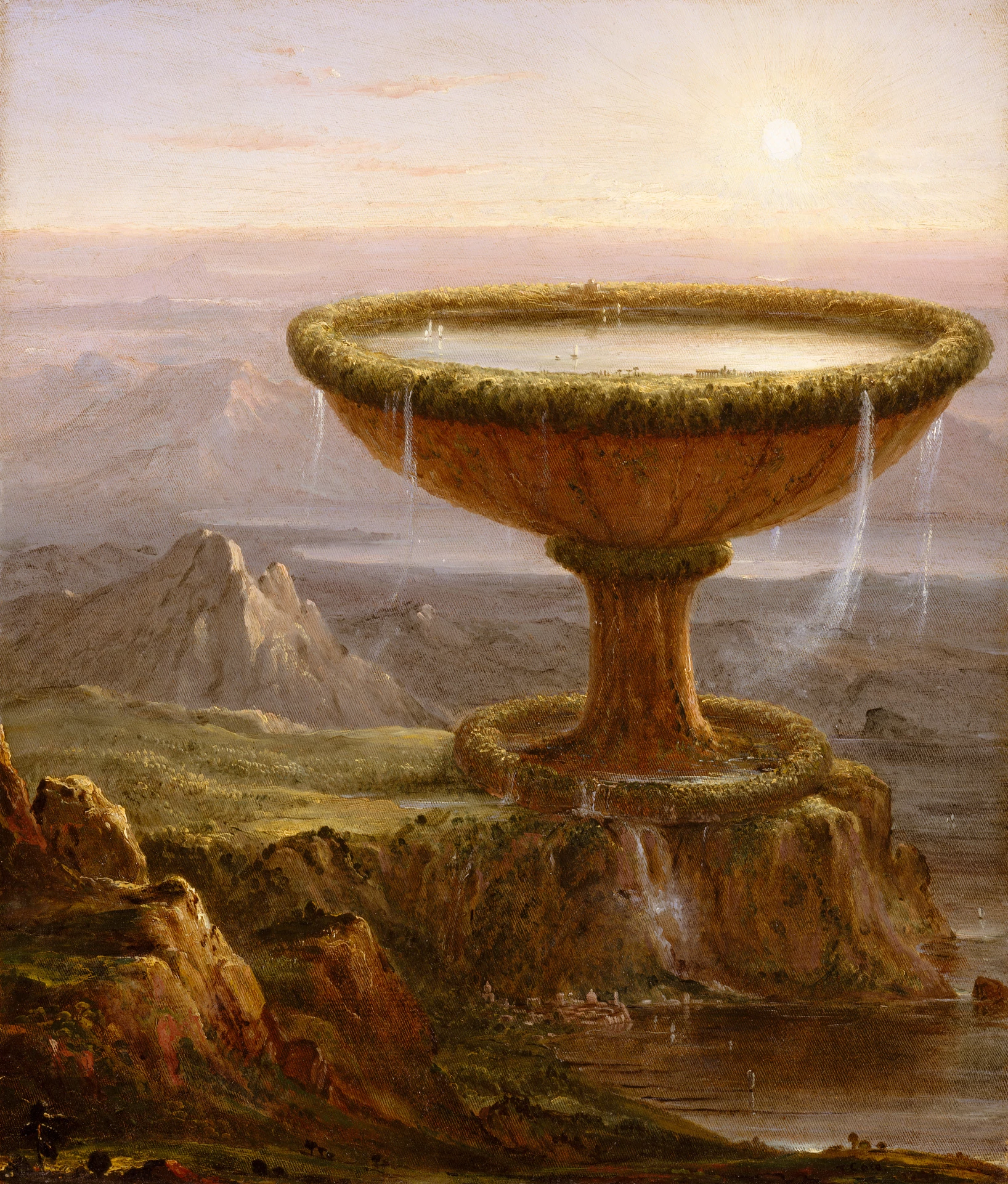
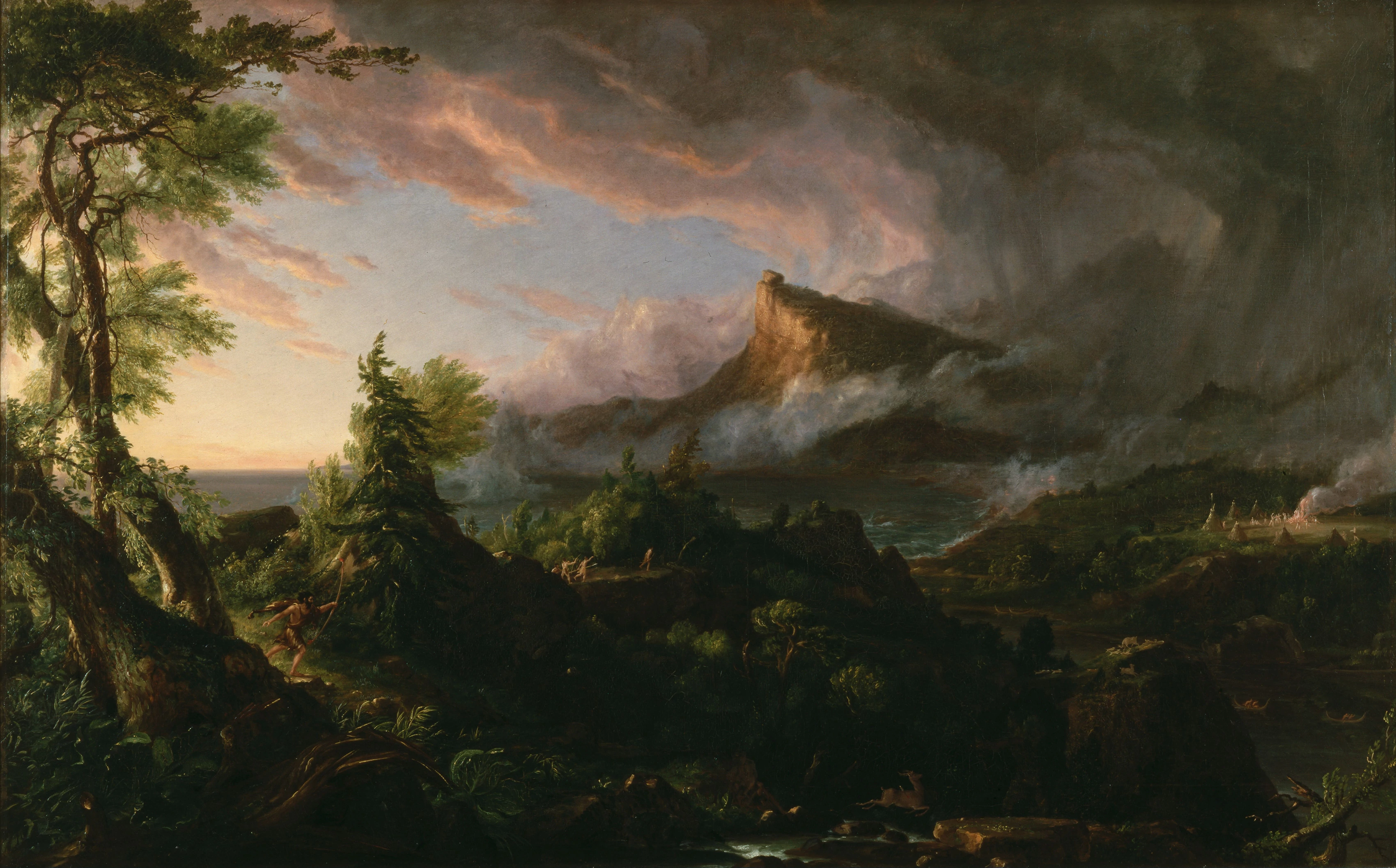
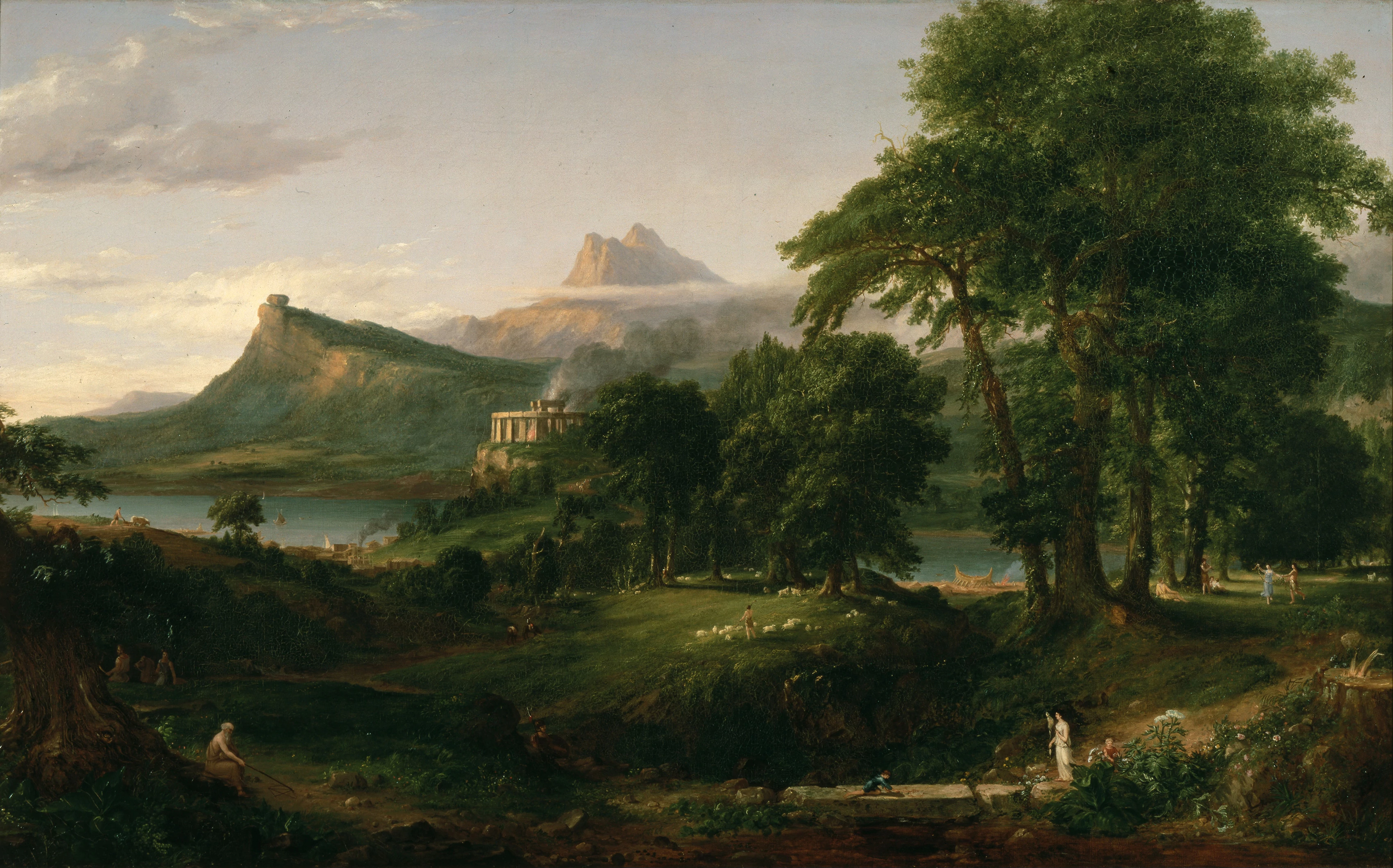

The good, the enlightened of all ages and nations, have found pleasure and consolation in the beauty of the rural earth.

